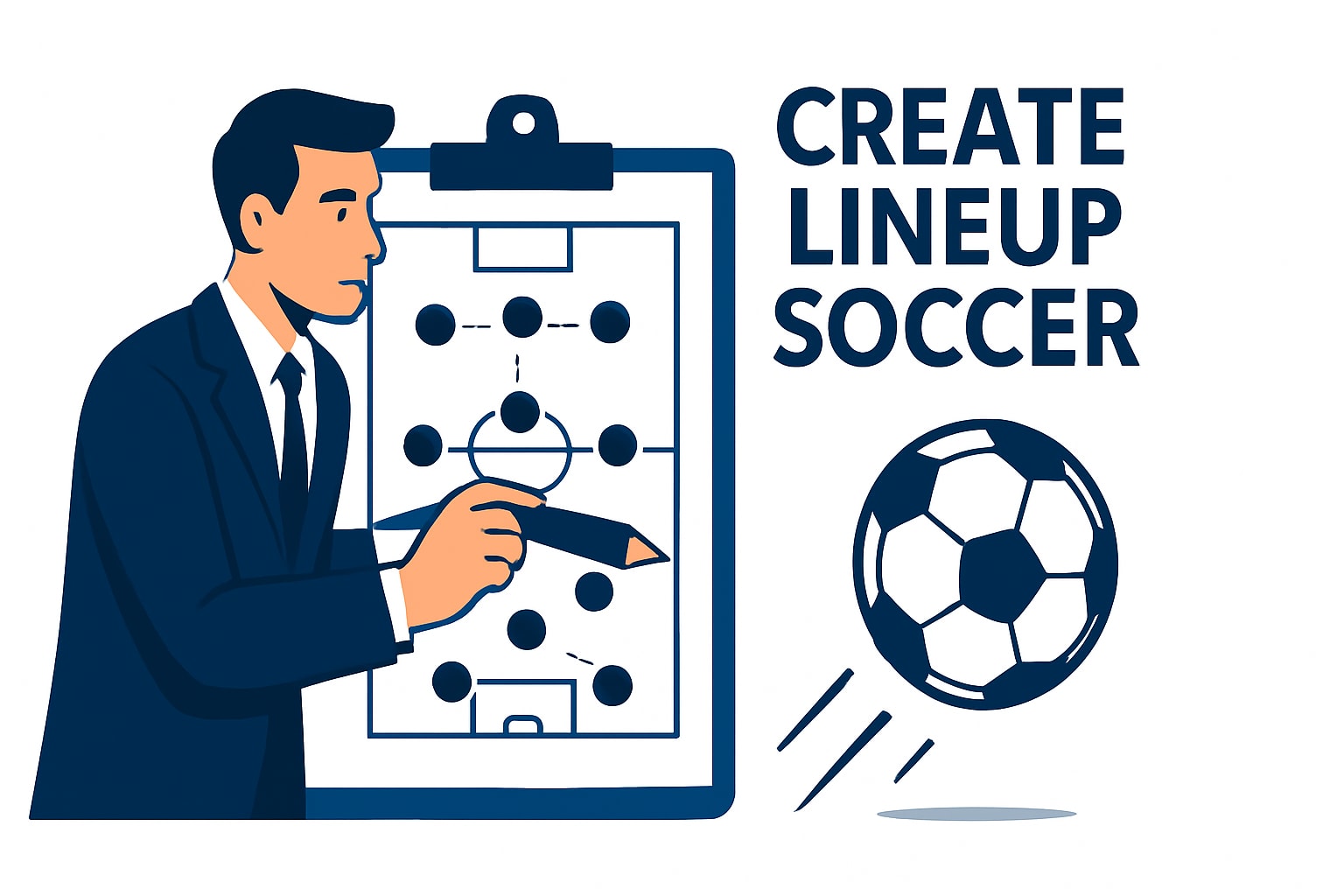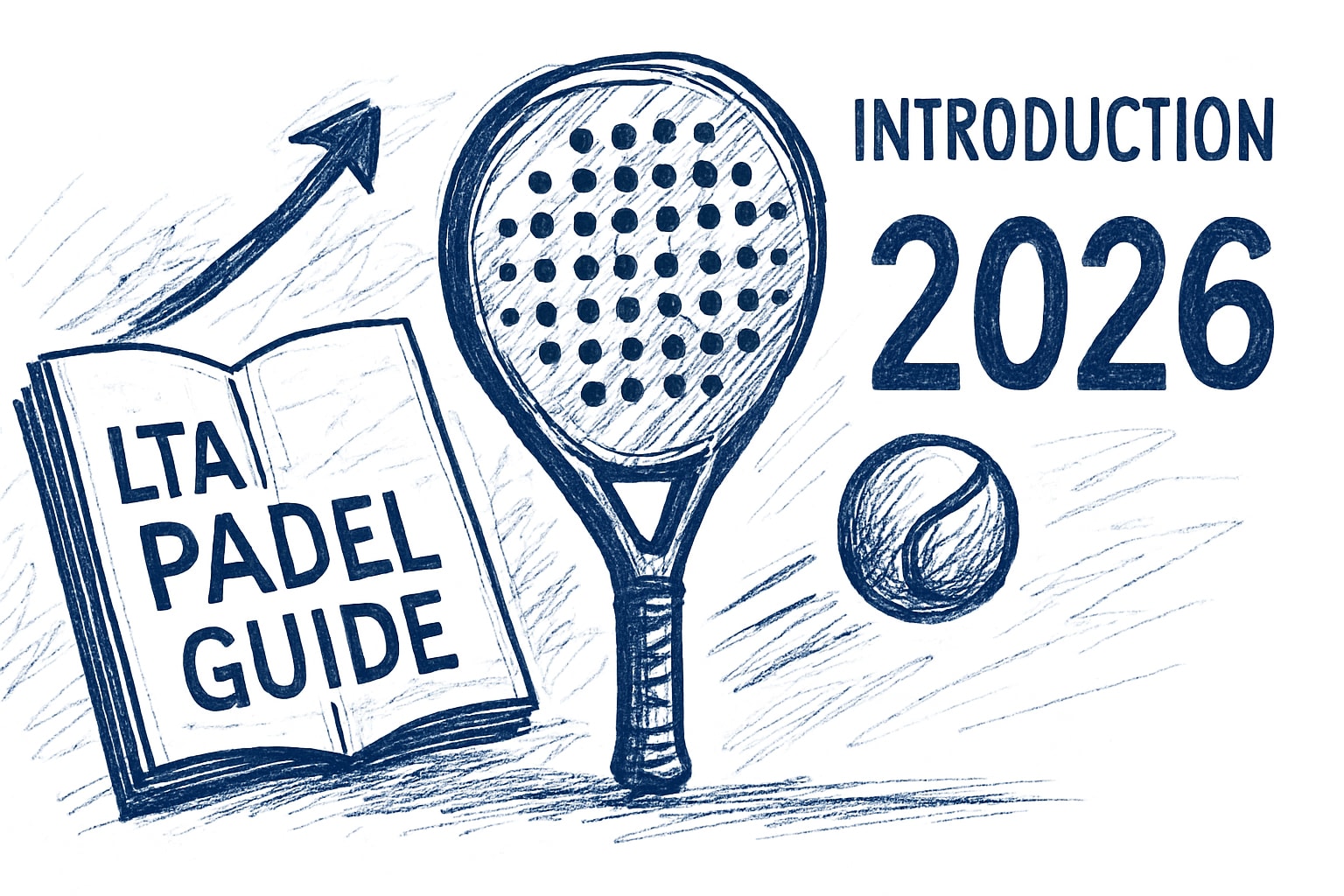Download Poteau
Learn About the Soccer Kick Rule
What Is the Soccer Kick Rule?
The soccer kick rule plays a crucial role in regulating the way the game is played, ensuring fairness and structure on the field. Whether you’re looking for a game of pick up soccer near me or watching professional matches with the Soccer Offside Rule and Soccer Goal Kick Rule in action, understanding the basic rules behind each type of kick is essential for both players and fans alike. Each type of kick serves a specific purpose and is governed by distinct rules that dictate when and how it can be executed. These rules help create a level playing field, promoting skill, strategy, and precision.
A penalty kick, for example, allows an attacking player to take a direct shot on goal after a foul is committed inside the penalty area. The goal kick, on the other hand, happens when the ball goes over the goal line but not into the goal, and it’s awarded to the defending team.
Different Types of Kicks in Soccer
In soccer, there are several types of kicks, each with its own set of rules. Free kicks are awarded after a foul, and they can either be direct (allowing a shot on goal) or indirect (requiring the ball to touch another player before a goal can be scored). The penalty kick is a more specific type of direct kick, granted when a foul is committed inside the penalty area.
Another important kick is the goal kick, which is taken from inside the goal area by the defending team when the ball has crossed the goal line but was not scored. These different kicks contribute to the flow of the game and influence how teams defend and attack.
Rules for the Soccer Kick: Essential Details
How the Penalty Kick Works
A penalty kick is one of the most exciting and high-pressure moments in soccer. It is awarded when a foul occurs inside the penalty area, such as a handball or a tackle. The attacking player then takes a shot from the penalty spot, 12 yards from the goal. Only the goalkeeper is allowed to defend against the shot. The ball must be kicked once from the spot, and the player cannot stop their run-up.
The penalty kick is not just about skill, but also about mental toughness. The kicker faces immense pressure, especially when the outcome of the game could depend on the shot. Similarly, the goalkeeper must remain calm and try to anticipate the kicker’s movement to make a save.
Free Kicks: Indirect vs. Direct
A free kick is awarded after a foul, but unlike a penalty kick, it’s taken from the spot where the foul occurred. The main difference between direct and indirect free kicks lies in whether the ball can go straight into the goal. Direct free kicks allow the player to shoot directly at the goal, while indirect free kicks require the ball to touch another player before a goal can be scored.
The positioning of the opposing players is also a significant part of the free kick process. In a direct free kick, defenders must be at least 10 yards away from the ball until it is kicked. This gives the attacking team more space to take the shot.
Soccer Kick Rule: Key Variations and Considerations
Goal Kicks and Their Importance
A goal kick is taken when the ball crosses the goal line without resulting in a goal, and it’s awarded to the defending team. It’s an opportunity for the goalkeeper or a designated player to restart play from inside the goal area. Goal kicks are an important part of defending, as they allow the team to clear the ball from a dangerous position and initiate their attack.
The rules for a goal kick are straightforward: the ball must be placed inside the goal area, and once kicked, it must leave the penalty area before any other player can touch it. Goalkeepers and defenders use this moment to reposition and plan their next move.
Kickoffs: Starting the Game or the Second Half
A kickoff happens at the start of each half of the match and after a goal has been scored. The game starts at the center spot on the field, with the team that did not kick off in the first half getting the first kick of the second half. The player must pass the ball forward, and the ball must travel at least one full revolution before any other player can touch it.
A unique rule in soccer is that the ball can be passed backward from a kickoff, but it still must move forward from the center spot. This often leads to strategic plays designed to control possession and dictate the tempo of the game.
Key Points to Know About the Soccer Kick Rule
Penalty Kick: Awarded when a foul occurs inside the penalty area; taken from 12 yards away from the goal.
Free Kick: Given after a foul, either direct or indirect depending on the situation.
Goal Kick: Occurs when the ball goes over the goal line but doesn’t result in a goal; taken by the defending team.
Kickoff: Used to start the game or the second half, or after a goal has been scored.
The soccer kick rule is integral to the flow of the game, influencing how teams approach both offense and defense. A well-executed penalty kick can be a game-changer, while a poor free kick can shift momentum to the opposing team. Understanding the rules surrounding these kicks is essential for players, coaches, and fans alike. It helps in appreciating the skill and strategy involved in one of the most popular sports in the world.





